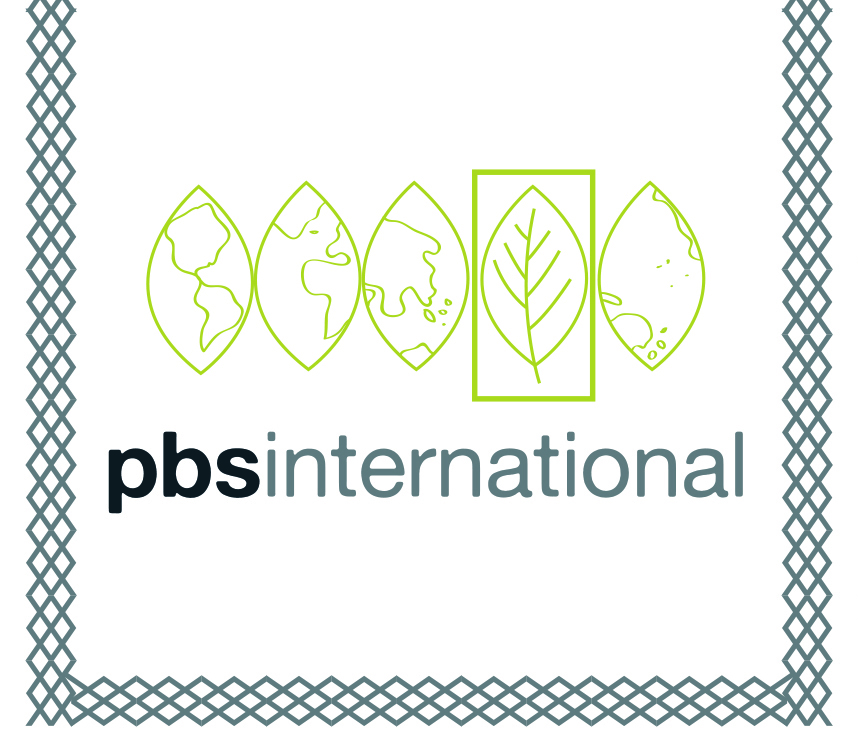When you do a lot of business travel the novelty wears off pretty fast. Yet, among the jet lag and hassle every trip has its perks, personally as well as professionally. My recent trip to Australia and New Zealand had both in spades. My mission: get feedback on our pollination tent trials, and understand the grass breeding scene.
Grass breeding and seed production (for various crops) are major activities in the Canterbury Plains of the South Island, and parts of Australia. This is partly because of the climate, and also their southern hemisphere location – their summer is America’s / Europe’s winter. Global coordination means 2 breeding cycles per year can be completed.
Plant breeding in Australasia is done by lots of organisations, some private, some public, while seed production is entirely private. On the plant breeding front, two of New Zealand’s “Crown Research Organisations” are involved; Plant and Food focus on breeding for human consumption (eg hops, kiwi) while AgResearch focuses on livestock, and hence fodder crops. Australia has a national and state overlay to the way they organise things too. The commercial organisations in this space include PGG Wrightson and Barenbrug Agriseeds as perhaps the best known in grass breeding.
In terms of PBS International’s priorities, the pollination control needs are familiar – how to avoid contamination while also maximising seed yield and minimising plant health issues. The traditional method of using ryecorn for larger scale multiplications is often neither effective enough nor cost efficient wherever there is a land use is chargeable and staff time limited.
Our tents are especially relevant because a lot of work is going into figuring out to harness hybrid vigour in rygrass (Lollium perenne), which requires keeping out windborne pollen, cost effectively, over quite large areas and in a very windy environment. The prototype structures we trialled still have areas for improvement, but my goodness we’ve come a long way!
12The virtues of the trip on a personal level? I met some great people. Plant breeders, generally, are delightful and Kiwi / Aussie plant breeders are certainly no exception. Also, the weather. Sunshine after a long northern winter is good for the soul! Not to mention the scenery – my goodness, both Australia and New Zealand are truly beautiful countries. Maybe next time I’ll leave time for a little holiday time too….

In both countries, endophytes are critical in the fitness and performance of grass varieties, something I haven’t heard this prioritised in the same way elsewhere. This adds a layer of complexity; to ensure the progeny pass muster, the environment inside the pollination tent has to be optimal for these symbionts as well as for the plant itself.
I came away confident that we’re working on the right things and our latest prototypes move us much closer to our goal of really large scale control of wind-borne pollen.


